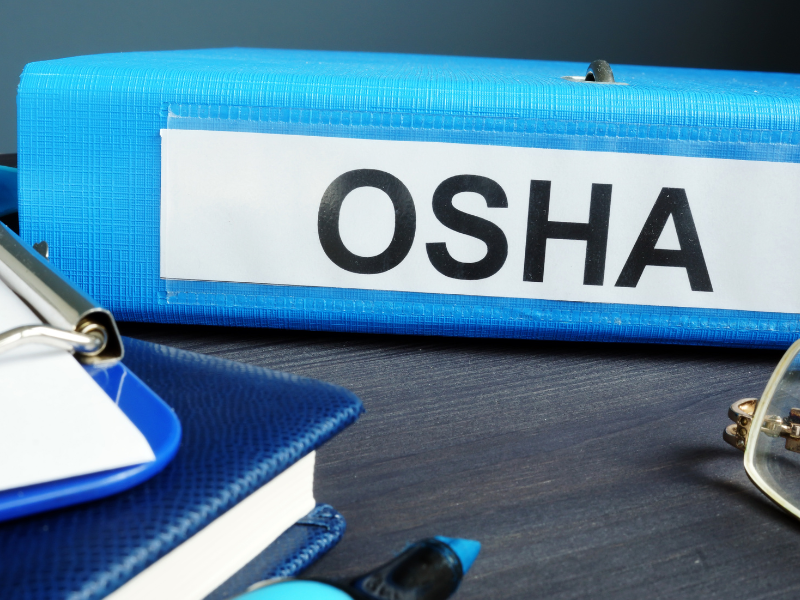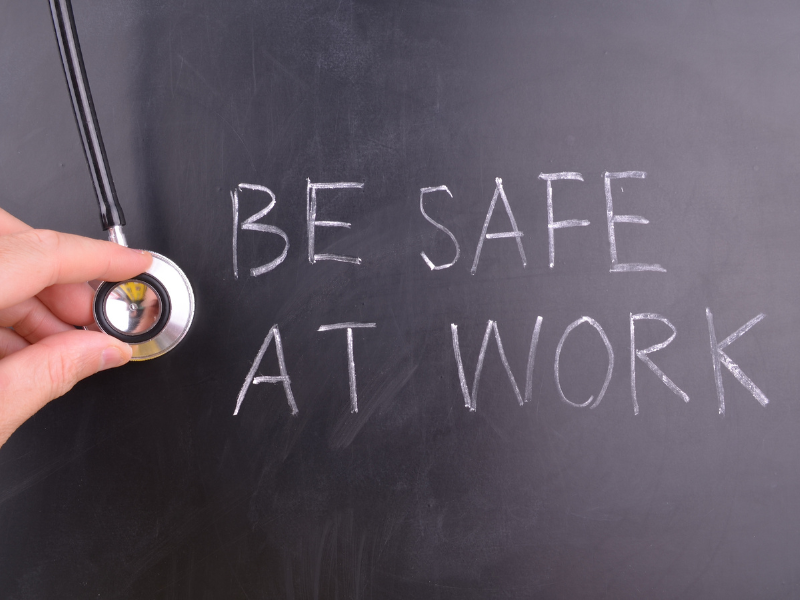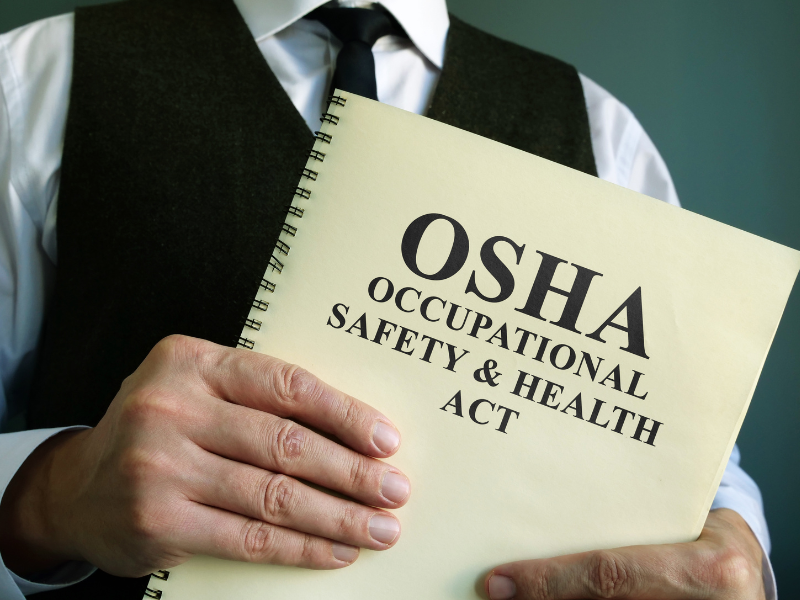What is OSHA, and what does it stand for? Knowing the answer to this question equates to ensuring worker safety and preventing work-related incidents. As OSHA is a US federal agency that protects worker safety, businesses should prioritize complying with its regulations to avoid penalties and maintain a safe work environment.
Table of Contents

What Does OSHA Stand For?
OSHA stands for Occupational Safety and Health Administration. It’s a US government agency that oversees workplace safety regulations. It enforces safety standards for companies to follow to safeguard workers from potential work hazards. Beyond this, the agency also provides employer and employee outreach, training, and assistance.
As a part of the US Department of Labor and administered by the Assistant Secretary of Labor for Occupational Health and Safety, OSHA covers private sector employees in all 50 US states, including Washington DC, all US territories, and outer continental shelf islands.
The OSHA definition states that it doesn’t cover self-employed individuals and public-sector employees in jurisdictions that don’t have an OSHA-approved state plan. It also doesn’t cover workplace hazards regulated by other federal agencies such as the Mine Safety and Health Administration (MSHA), US Coast Guard, US Department of Energy, and the Federal Aviation Administration (FAA).

OSHA’s Origins and Historical Context
What is occupational safety and health administration? Knowing the agency’s history will help us understand OSHA’s purpose. Founded in 1971 as part of the Occupational Health and Safety Act of 1970, OSHA was enacted in response to the high number of workplace fatalities. Before it, workplace safety training was highly unregulated, and there were a lot of serious or fatal workplace hazards.
The 1960s was a turbulent time in American history, with multiple internal and external concerns. This was when people demanded better civil and women’s rights. It was also the time of the Vietnam War. At the same time, disabling injuries increased by 20%, and 14,000 workers were dying on the job each year.
Workers needed better protection against noise, cotton dust, asbestos, and other occupational hazards. There was a public outcry against the injuries and deaths that happened while workers were on the job.
This pushed President Richard M. Nixon to sign The Occupational Safety and Health Act of 1970, which established the OSHA under the Labor Department, the NIOSH (National Institute for Occupational Safety and Health) under the Department of Health, Education and Welfare, and the OSHRC (Occupational Safety and Health Review Commission).
Since OSHA’s founding, workplace fatalities have been reduced by 60%, and occupational injuries and illnesses have been reduced by 40%.
OSHA’s Mission and Objectives
The OSHA’s mission is to ensure safe and healthful working conditions for workers employed by private businesses and federal agencies in the US and its territories. Their goal is to continuously reduce and, if possible, eliminate work-related accidents and illnesses.
To accomplish this, OSHA sets standards for how employers should protect workers from hazards. The agency provides free confidential advice to help employers correct job hazards and create injury and illness prevention programs. The OSHA also educates employees on preventing workplace harm and how to act on requests to inspect workplaces for possible standard violations.
The agency’s recent programs included the On-Site Consultation Program and the Safety and Health Achievement Recognition Program (SHARP). Both programs help countless small business employers operate under safer working conditions.

Core Responsibilities of the Occupational Safety and Health Administration
The OSHA performs the following core responsibilities to achieve its mission and purpose.
- Set and enforce workplace safety and health standards: OSHA develops and promulgates regulations aimed at preventing workplace hazards and ensuring employers comply with these standards to protect workers.
- Provide training, outreach, and education: OSHA offers educational materials, training programs, and outreach initiatives to raise awareness about workplace safety, health hazards, and the best practices for addressing them.
- Conduct inspections and investigations: OSHA conducts inspections of workplaces to ensure compliance with safety and health standards. It investigates complaints, accidents, and fatalities to identify violations and take appropriate enforcement actions.
- Collaborate with employers and employees: OSHA collaborates with employers, employees, trade associations, and other stakeholders to develop adequate safety and health programs and initiatives.
- Promote voluntary compliance and continuous improvement: OSHA encourages employers to voluntarily comply with safety and health standards and continuously improve their workplace safety programs through consultation, training, and assistance.
The agency also runs the OSHA Training Institute (OTI) Education Center, a national network of nonprofit organizations authorized to conduct occupational health and safety training. It also has several cooperative programs to help prevent workplace fatalities, injuries, and illnesses. These programs are partnerships formed with various groups committed to workplace safety.
Protecting the Workplace With OSHA Compliance
Knowing your responsibilities as mandated by the OSHA standards is an opportunity to create a safer working environment where employees will be at ease to perform their jobs.
Providing safe working conditions doesn’t just reduce your risks of fines for non-compliance. It also helps improve employee satisfaction and performance, with them focusing more on work rather than worrying about their safety.







